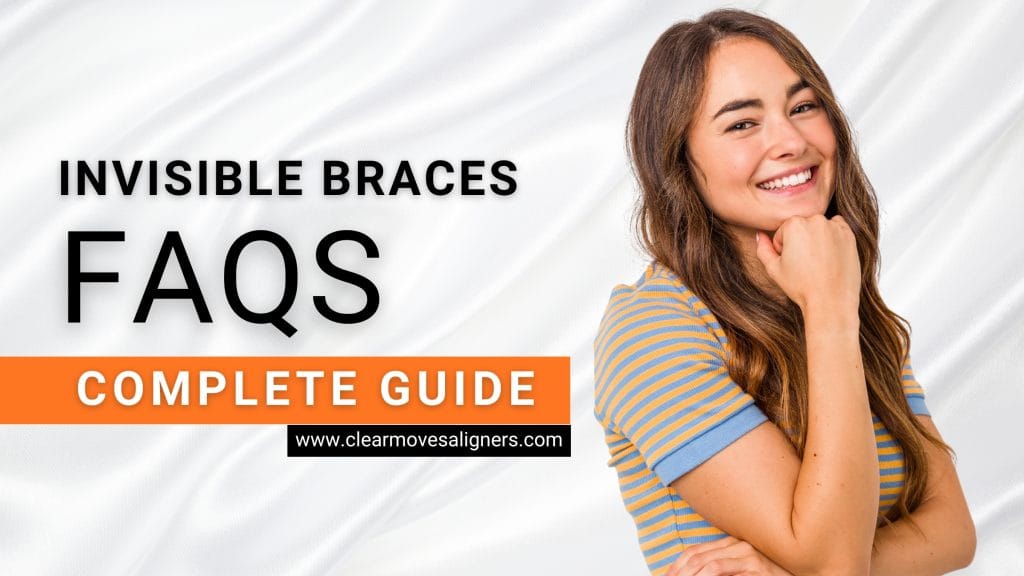
Clear, removable trays that gently move teeth into place—often called clear aligners.
Each set applies light, controlled forces; you switch trays every 1–2 weeks to follow a digital treatment plan.
Yes—“invisible braces” is a popular term for clear aligners.
Most mild–moderate crowding, spacing, and some bite issues. A dentist/orthodontist confirms with a digital 3D scan.
Often, yes for mild–moderate cases; complex bites may need elastics, attachments, or braces/surgery.
About 4–18 months on average; complexity and wear-time discipline drive timelines.
Varies by case and clinic; expect a range similar to braces. Payment plans are common.
You may feel pressure or tenderness for a day or two when switching trays—usually mild and temporary.
Aim for 22 hours/day; remove only for eating, drinking anything except water, and brushing.
Teeth track slower or off-course, extending treatment. Get back on schedule quickly and tell your provider if you fall behind.
Consult → digital scan & photos → 3D plan → trays made → wear & review checks → refinements if needed → retainers.
Small tooth-colored bumps that help aligners grip and move teeth more precisely.
Interproximal reduction: tiny enamel smoothing between teeth to create space and improve fit—painless and conservative.
Sometimes for severe crowding or profile goals; many cases are handled with expansion and IPR instead.
A slight lisp can appear in the first days and usually resolves as you adapt.
Remove for meals and for colored/sugary/acidic drinks. Water is fine while wearing.
Rinse with cool water, brush gently with a soft brush (no abrasive toothpaste), and clean daily; brush/floss teeth before reinserting.
It can stain aligners and affect oral health. If you do, remove aligners and clean before reinserting.
Often yes with provider-approved gels placed sparingly; some prefer whitening after to avoid sensitivity.
Used correctly, no. Good hygiene, proper wear, and regular check-ins keep teeth and gums healthy.
Reputable brands use medical-grade, BPA/BPS-free plastics engineered for oral use.
Sometimes, for bite correction. They attach to small hooks on trays or teeth.
Yes, with compliance. Many systems include teen features (eruption tabs, compliance indicators).
Contact your provider. Depending on progress, you may switch to the next/previous set or order a replacement.
Yes—pack next sets, a case, and a travel brush. Keep virtual or in-person check-ins on schedule.
Aligners are removable and nearly invisible; ceramics are fixed and visible; linguals are hidden but fixed—each has pros/cons.
In-clinic care includes exams, scans, and monitoring—safer for bite changes and complex movements.
Retainers keep teeth in position. Long-term nightly wear is the norm.
Costs vary; clear retainers typically last 6–24 months with good care. Replace when loose, cracked, or cloudy.
Look for orthodontic expertise, 3D scans (not messy molds), clear check-in schedules, and transparent pricing.
© 2025 Clear Moves Aligners All Rights Reserved